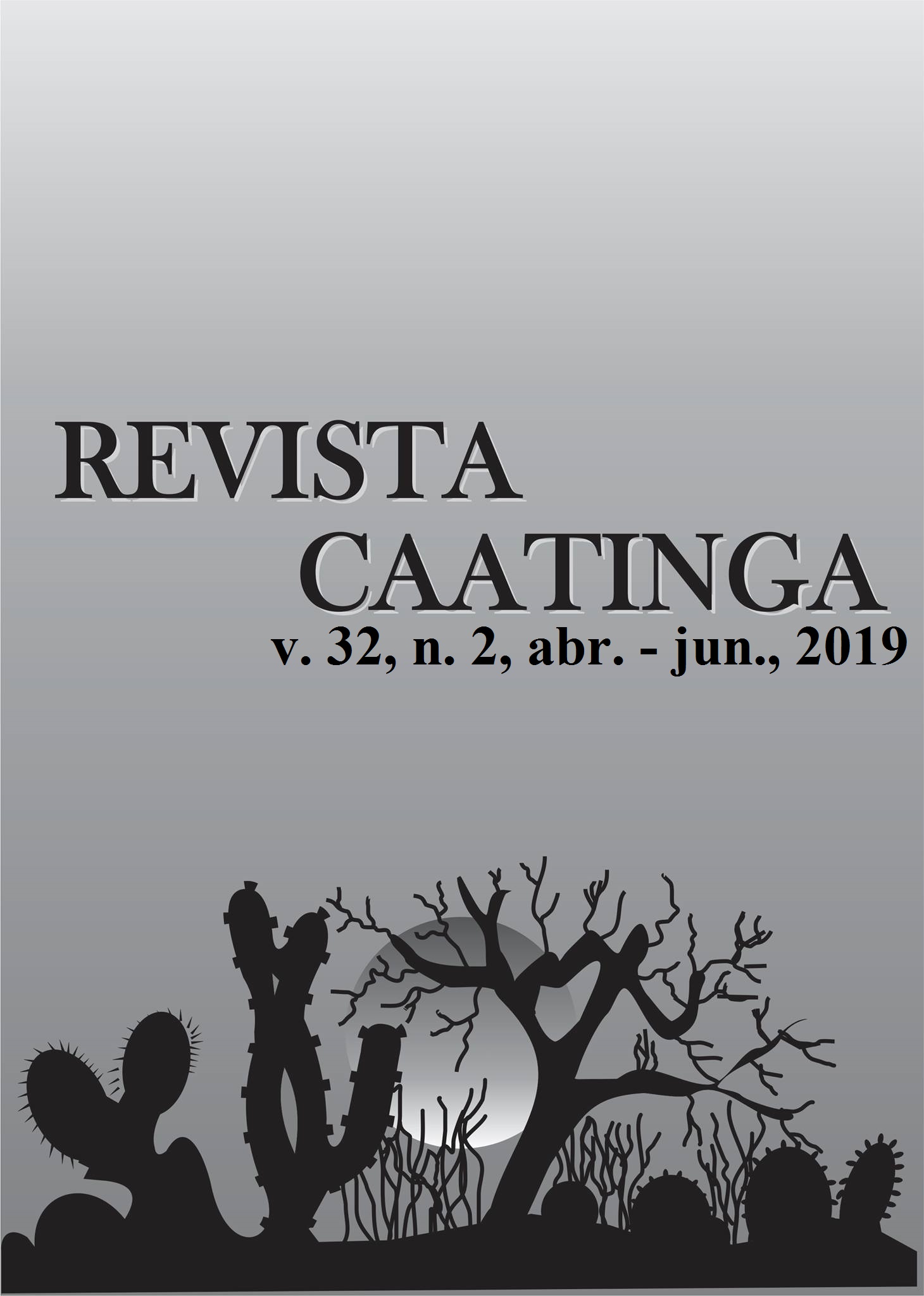SELECTIVITY OF BENTAZON AND NICOSULFURON IN Crotalaria spectabilis INTERCROPPED WITH MAIZE CULTURE
DOI:
https://doi.org/10.1590/1983-21252019v32n211rcKeywords:
Green manure. Showy crotalaria. Phytointoxication. Interference. Simultaneously sowing.Abstract
Corn intercropped with showy crotalaria allows better use of the agricultural year, having in the same period, economic return from grain yield and the benefits of the legume. The objective was to study the selectivity of the herbicides bentazon and nicosulfuron to C. spectabilis, the weed control and the corn development intercropping system. Two experiments were conducted in the field, one in late-season and the other one in regular growing season. The experimental design was the randomized block, with fourteen treatments and four replicates. Eight treatments with herbicides were studied: bentazon (720 e 960 g a.i. ha-1), nicosulfuron (16 e 48 g a.i. ha-1) and bentazon + nicosulfuron (720 + 16; 720 + 48; 960 + 16; 960 + 48 g a.i. ha-1). Moreover, six controls were maintained: sole corn and sole showy crotalaria (with and without weeds), corn and sunn hemp intercropped (with and without weeds). The herbicide bentazon isolated, in both dosages tested, was selective to C. spectabilis. Nicosulfuron in 48 g a.i. ha-1, isolated or in mixture with bentazon, promoved the best weed control. Corn affected the recoverability of showy crotalaria plants treated with herbicides. In intercrop of corn and C. spectabilis, both late and regular season had good results in corn yield, legume mass accumulation without the necessity of herbicides pulverization.
Downloads
Downloads
Published
Issue
Section
License
Os Autores que publicam na Revista Caatinga concordam com os seguintes termos:
a) Os Autores mantêm os direitos autorais e concedem à revista o direito de primeira publicação, com o trabalho simultaneamente licenciado sob a Licença Creative Commons do tipo atribuição CC-BY, para todo o conteúdo do periódico, exceto onde estiver identificado, que permite o compartilhamento do trabalho com reconhecimento da autoria e publicação inicial nesta revista, sem fins comerciais.
b) Os Autores têm autorização para distribuição não-exclusiva da versão do trabalho publicada nesta revista (ex.: publicar em repositório institucional ou como capítulo de livro), com reconhecimento de autoria e publicação inicial nesta revista.
c) Os Autores têm permissão e são estimulados a publicar e distribuir seu trabalho online (ex.: em repositórios institucionais ou na sua página pessoal) a qualquer ponto antes ou durante o processo editorial, já que isso pode gerar alterações produtivas, bem como aumentar o impacto e a citação do trabalho publicado (Veja O Efeito do Acesso Livre).







